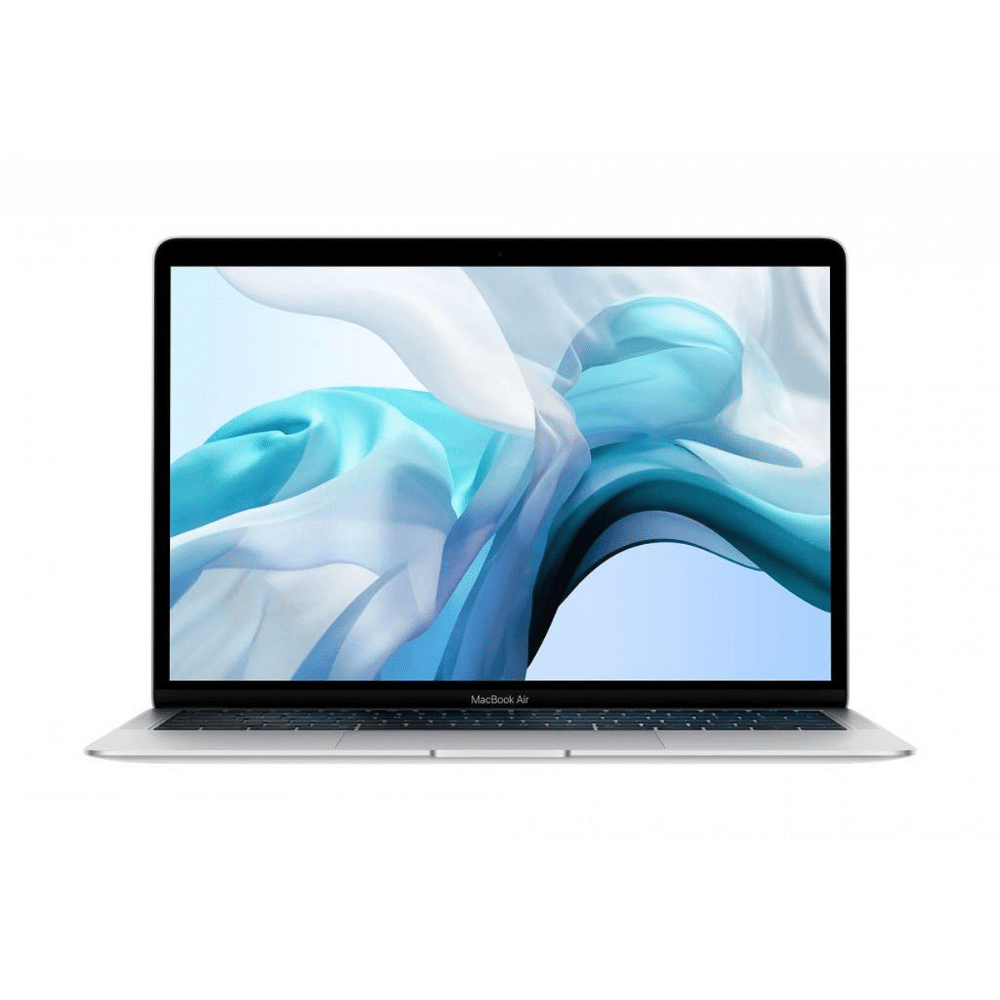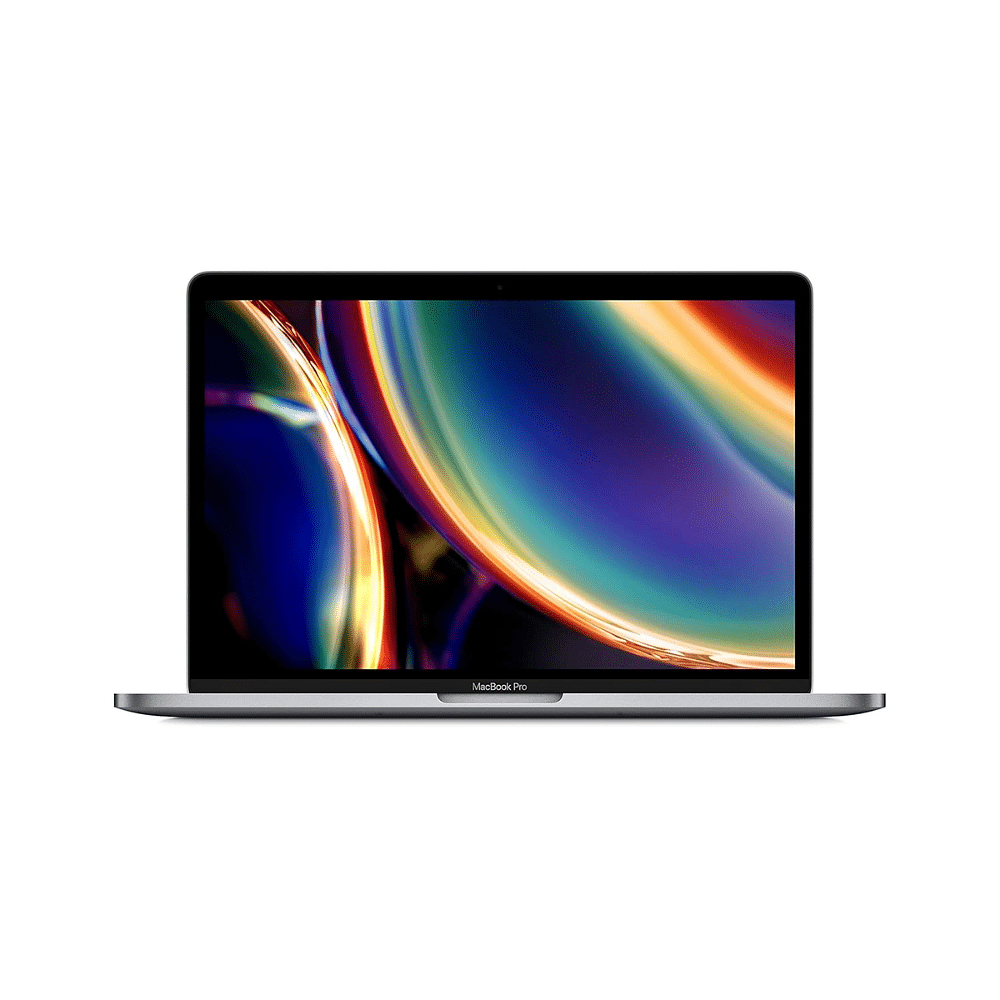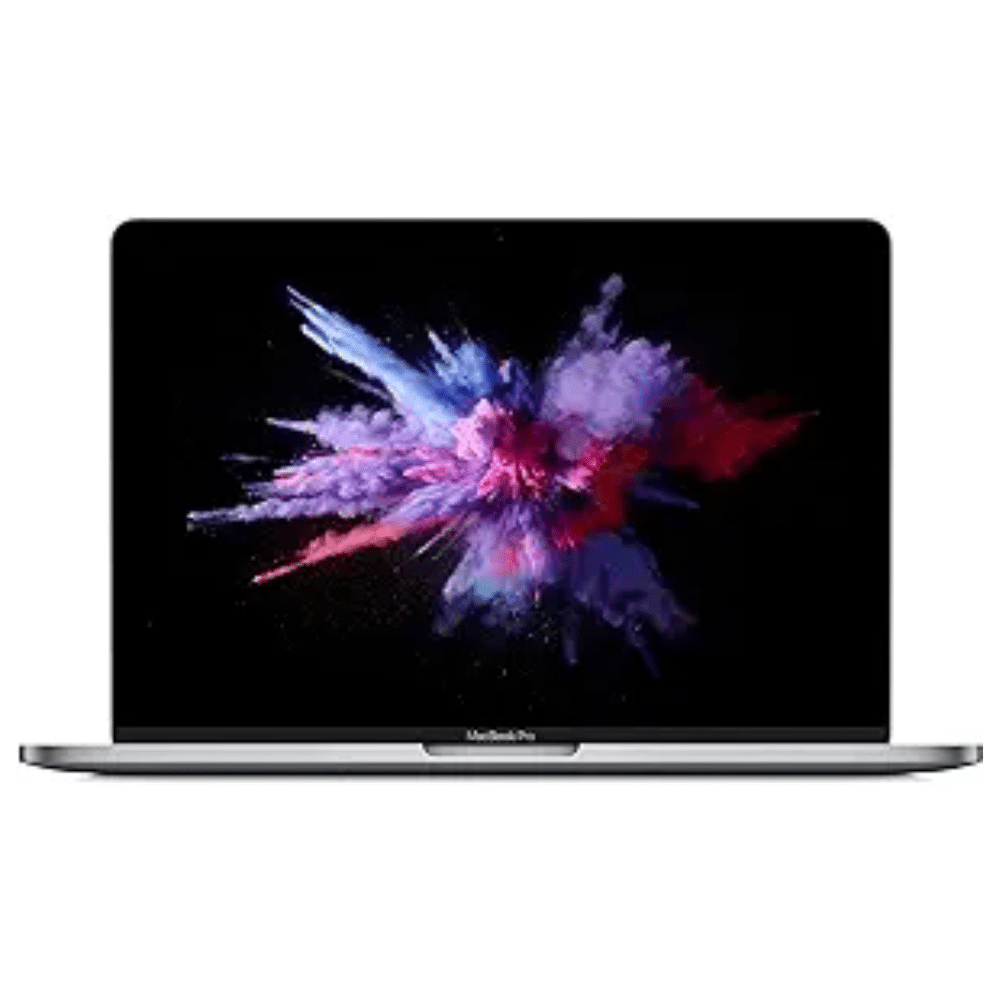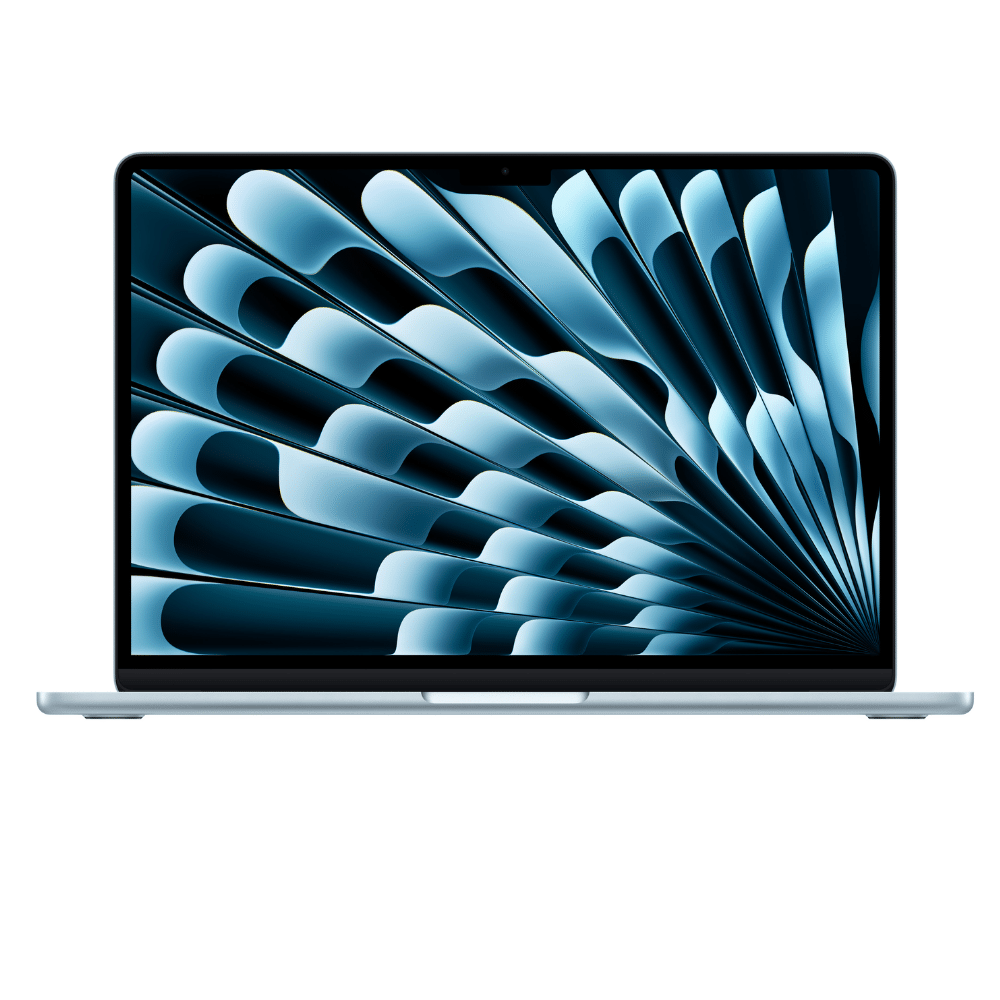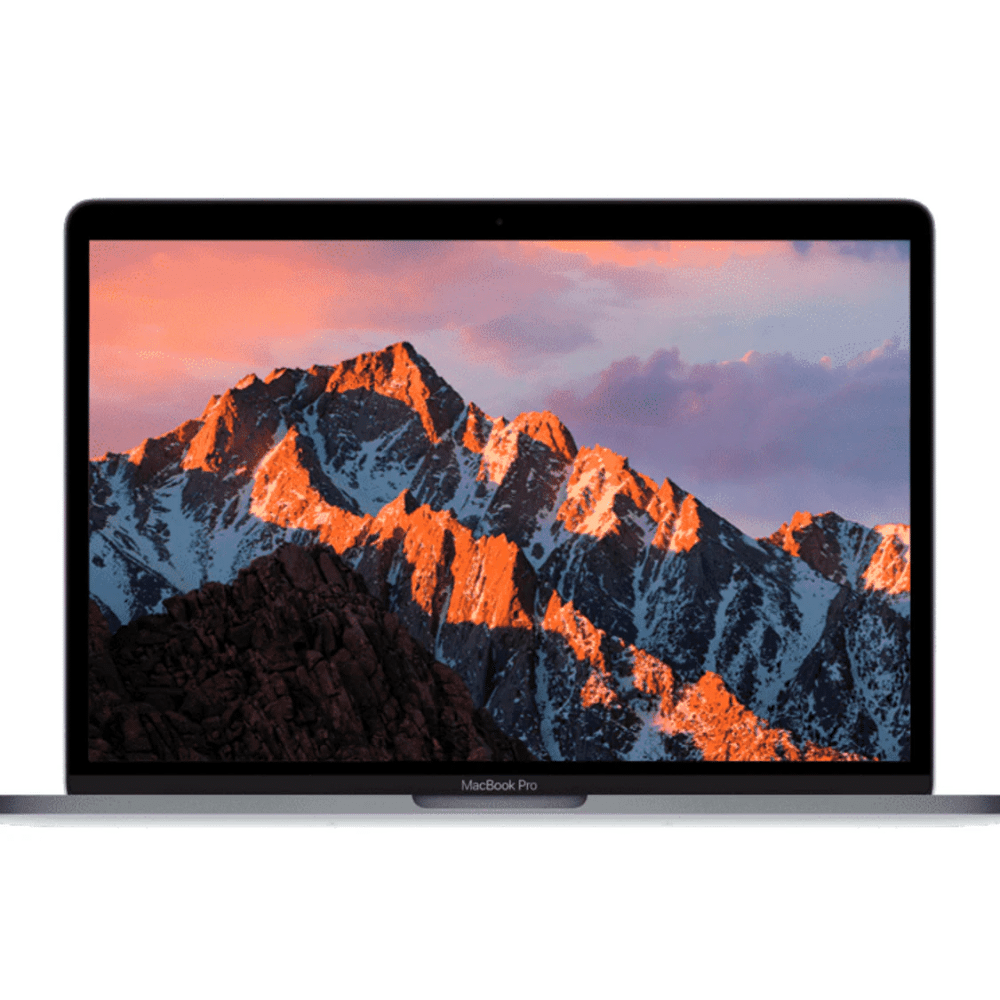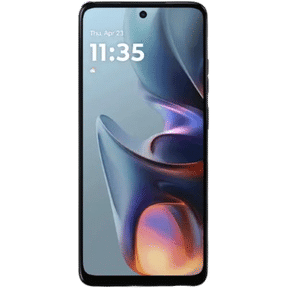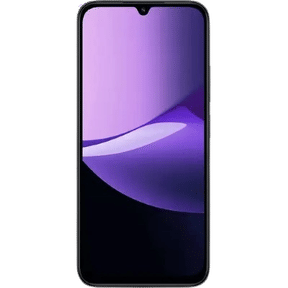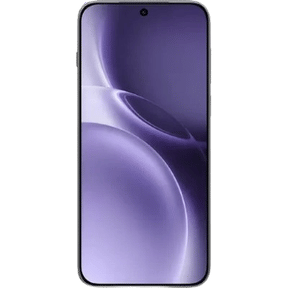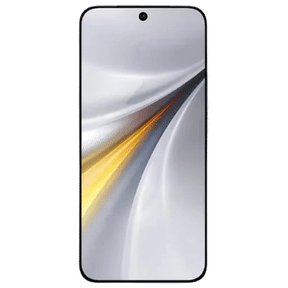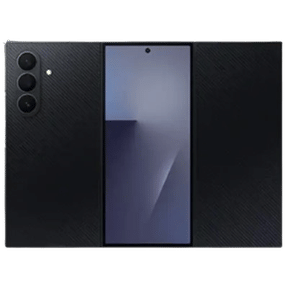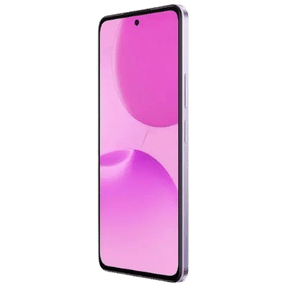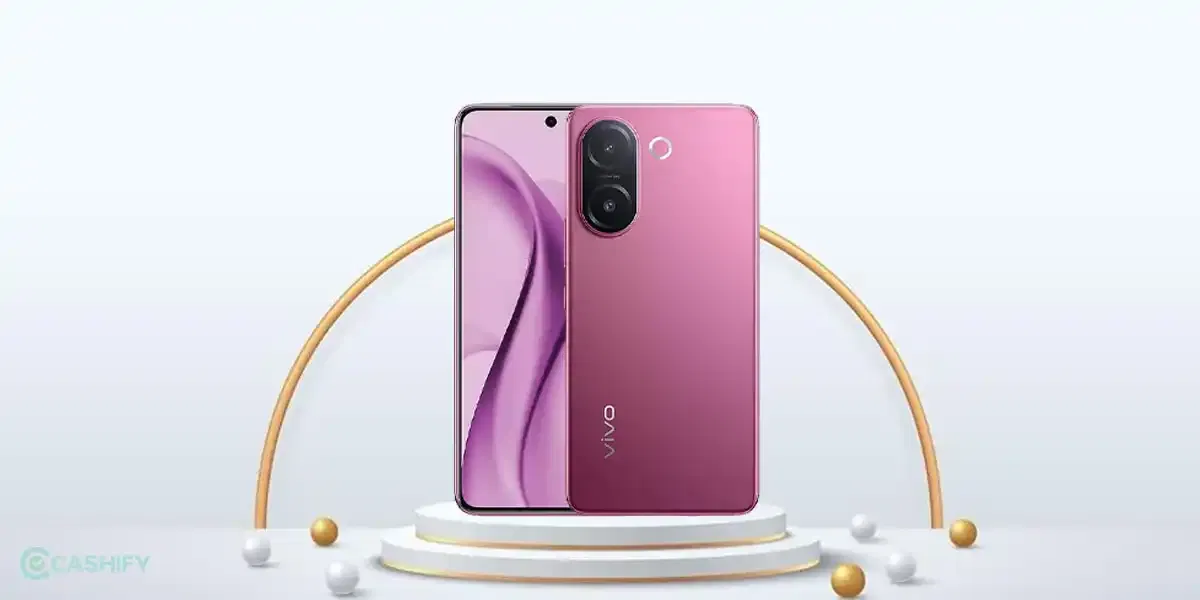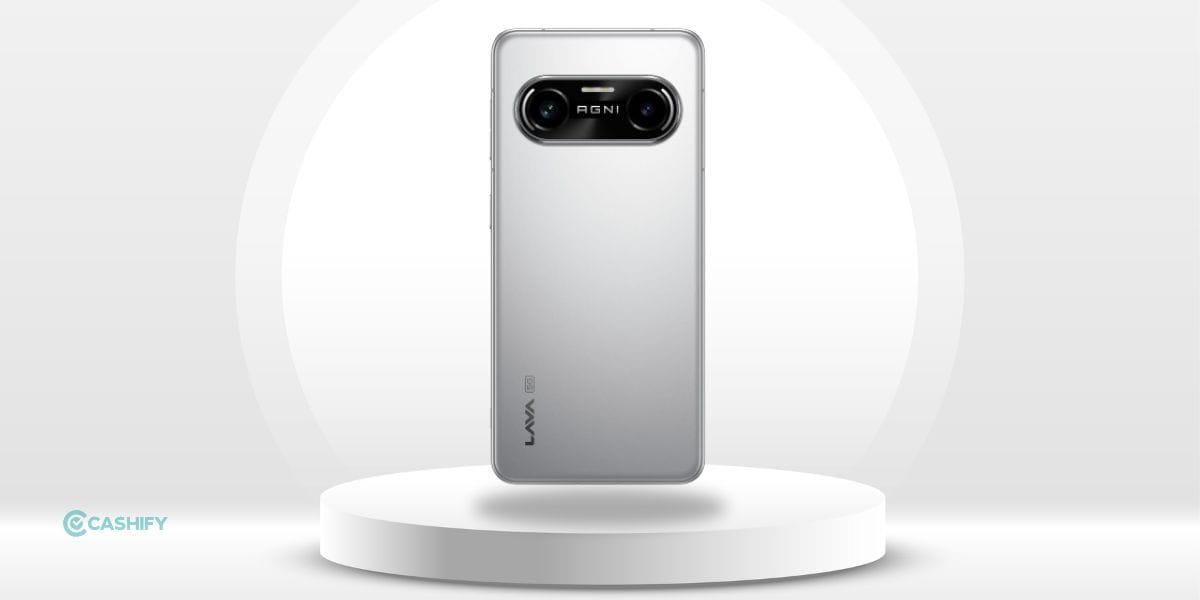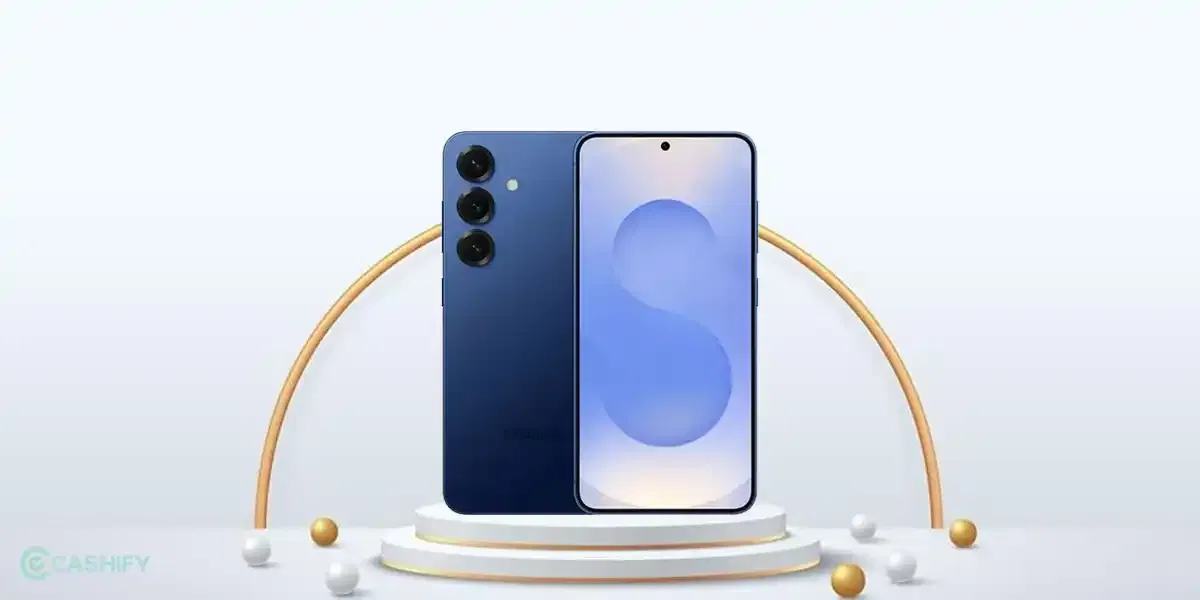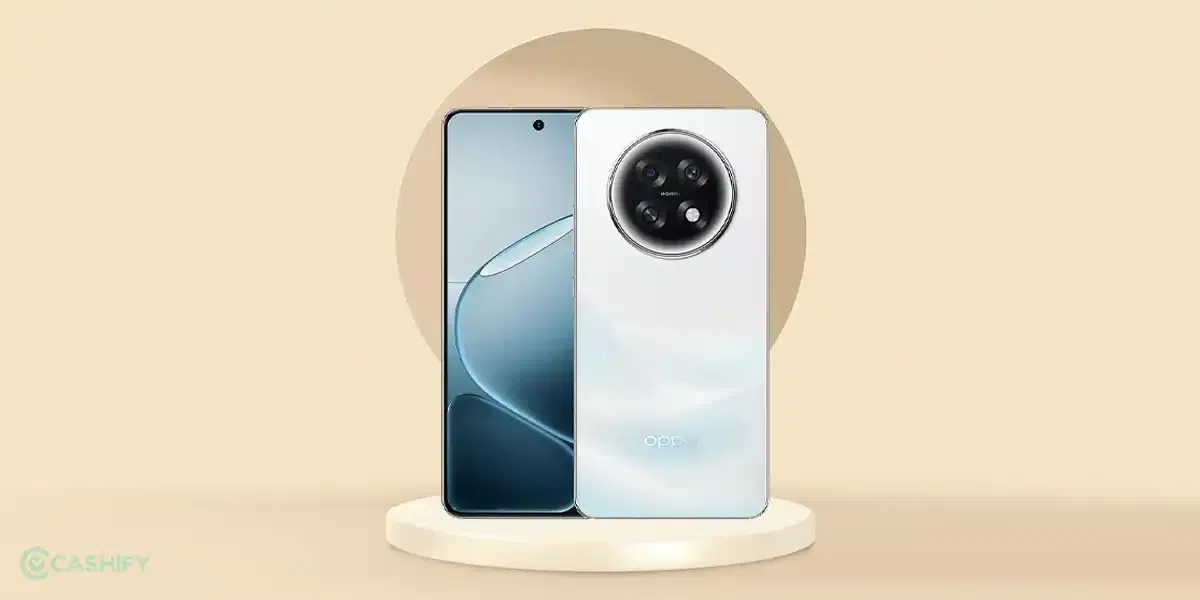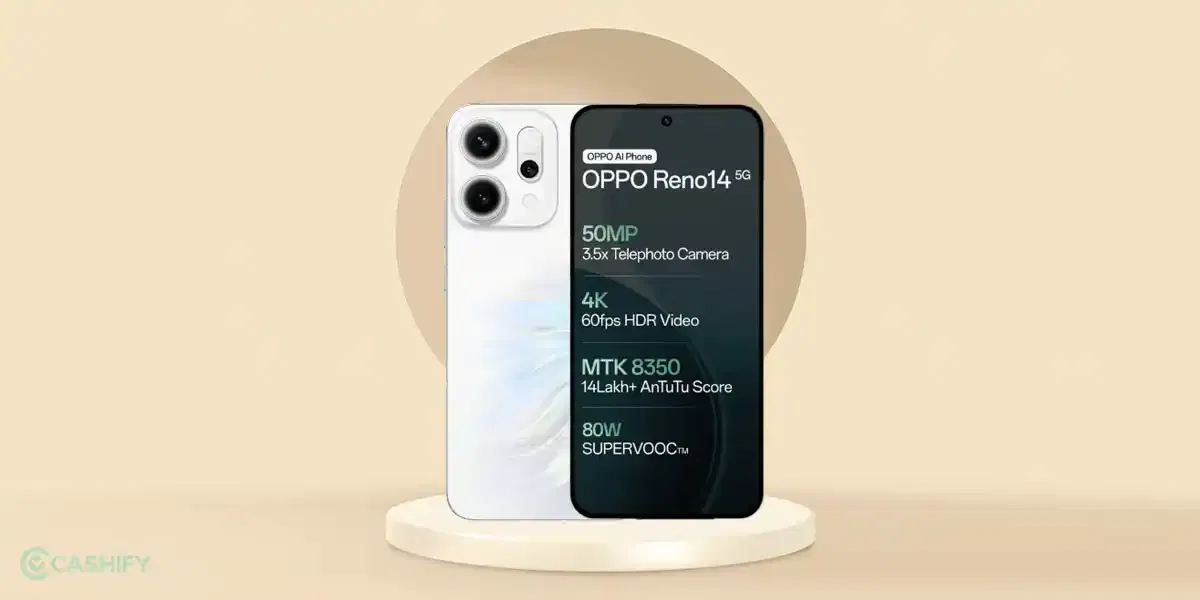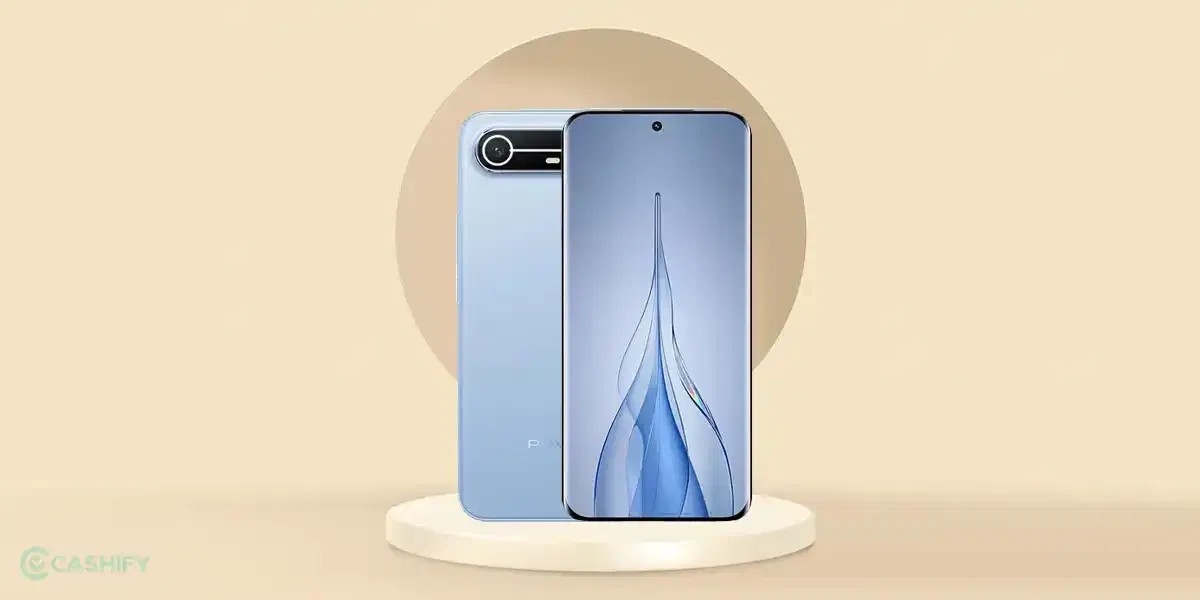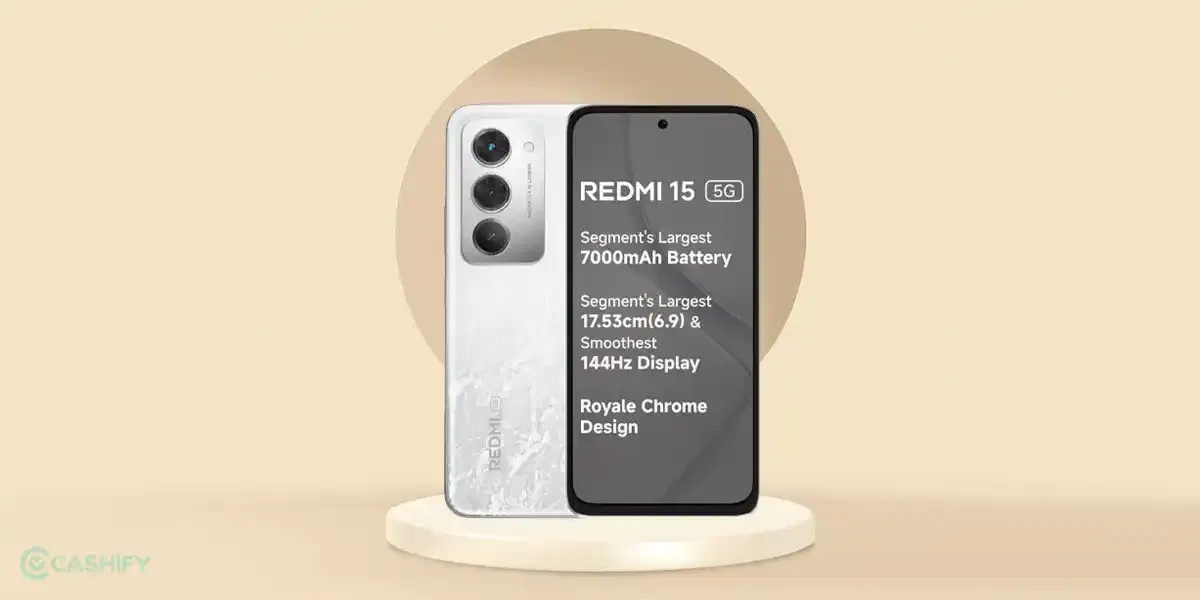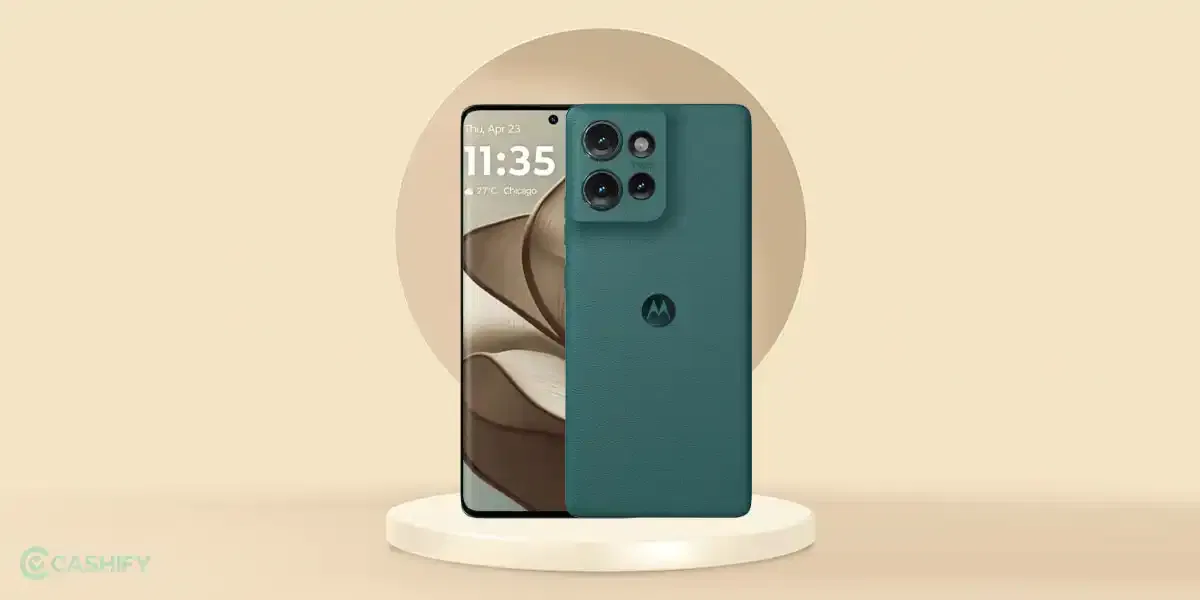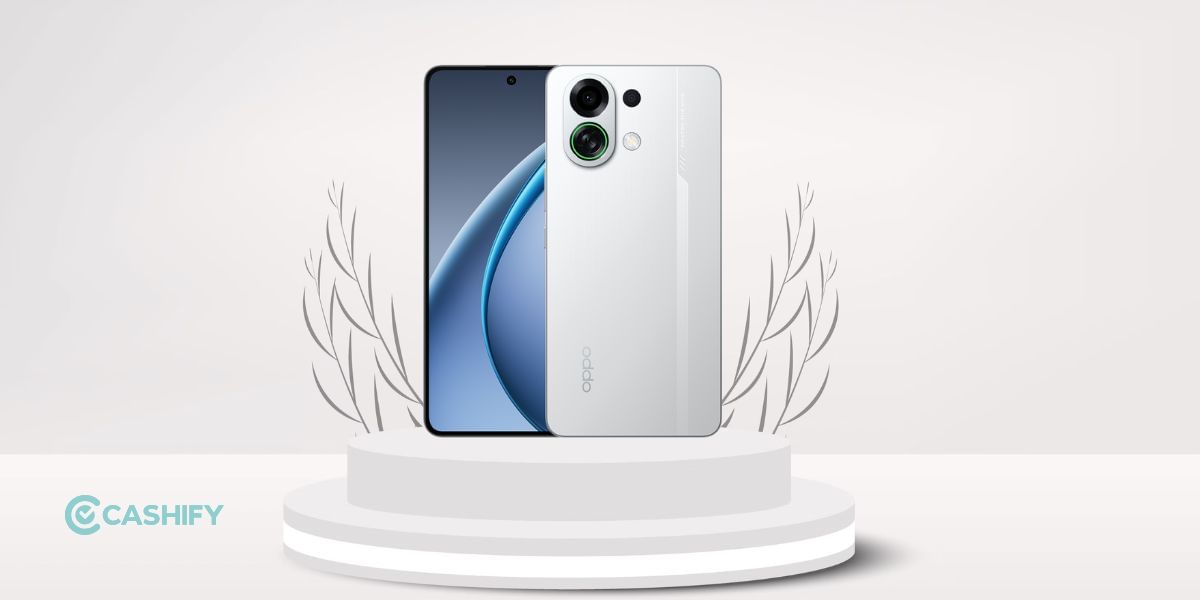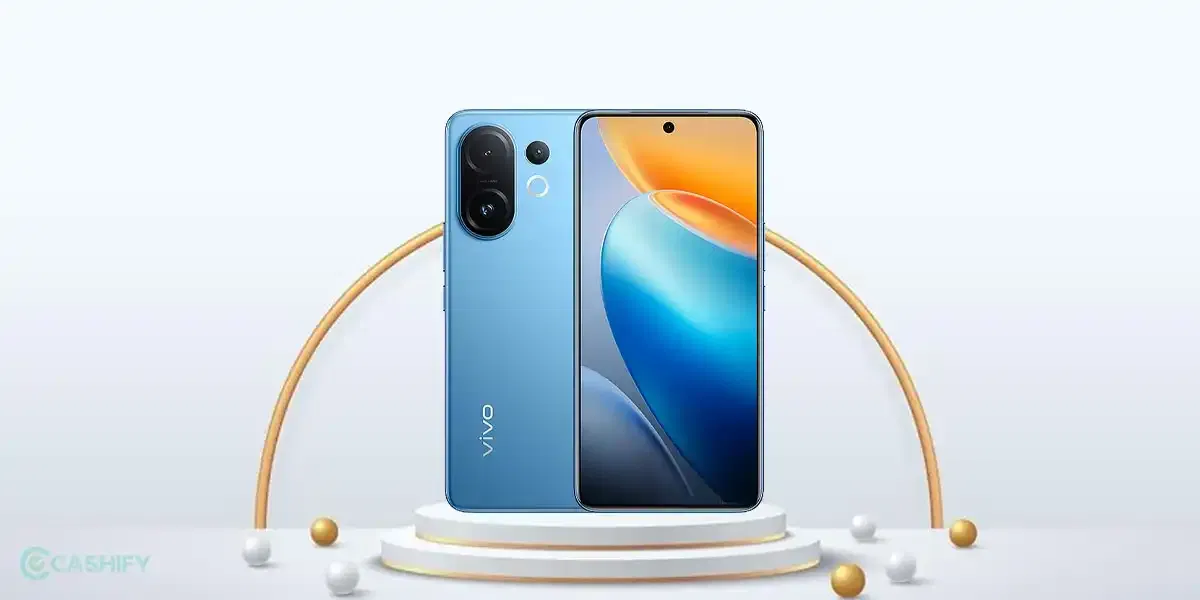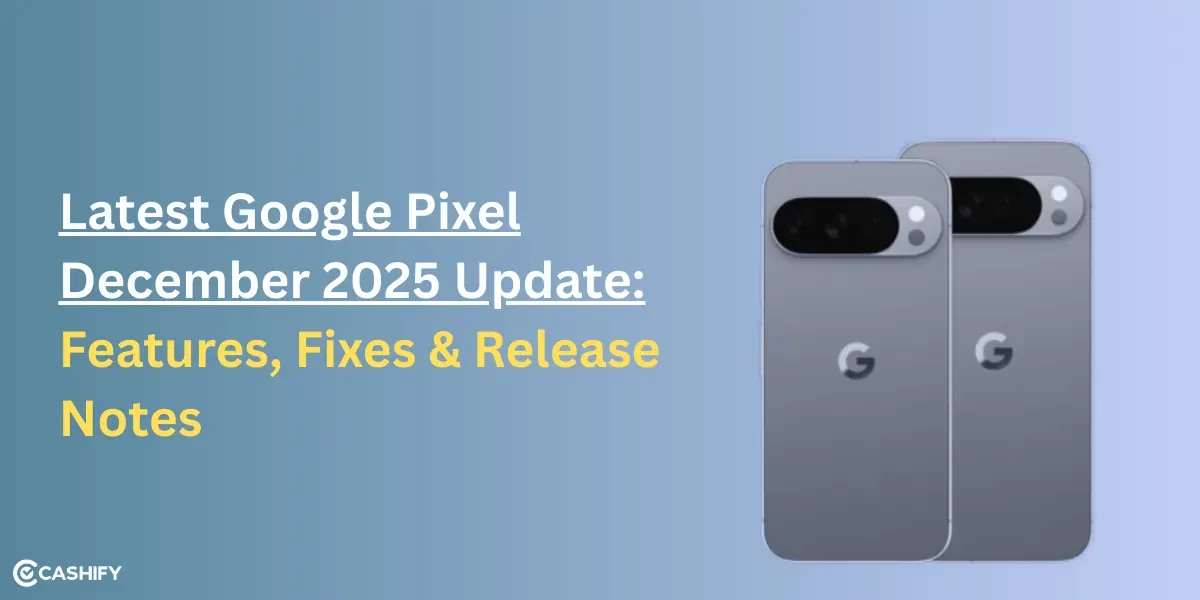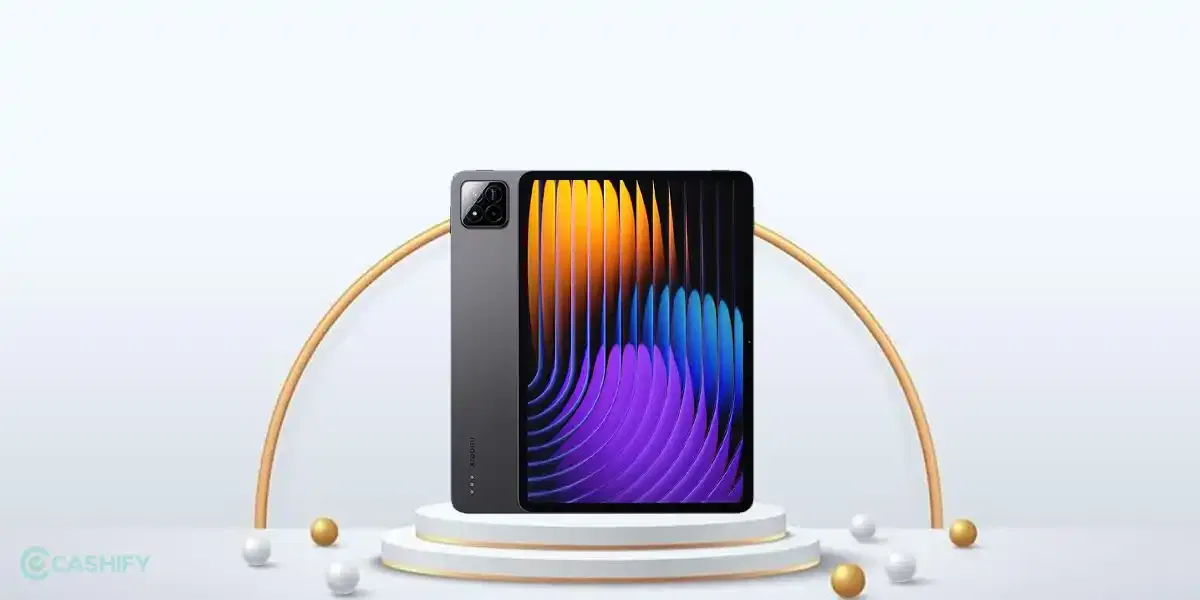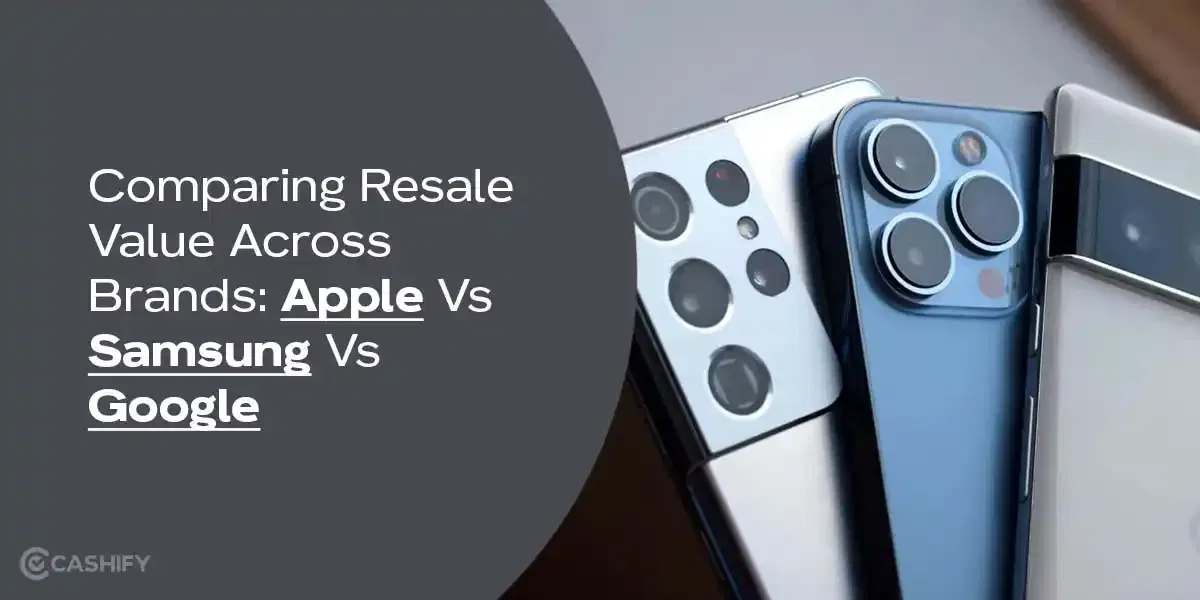
Score
HTC U12 Plus
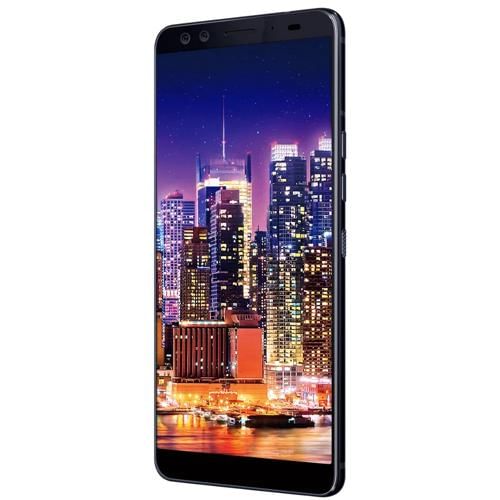
HTC attempts to make something cool at the top of the smartphone food chain, something that Samsung and Apple don’t do. While it is different, it isn’t necessarily good. We’ll talk about this later in the review.
The phone packs a lot of juice under the hood. A Snapdragon 845, coupled with 6 GB of RAM, and 64 or 128 GB storage variants, the power inside is undeniable. The design is also largely fault free and the bezels are extremely thin. This is all due to HTC’s cold polished glass design process, and they’ve done a good job with it.
PROS
CONS
About the Product Overview
Ah yes, the million dollar question. Should you or shouldn’t you be shelling out around INR 65000 for this handset, with the plethora of other options in the market?
No notch, two front facing cameras, a 6 inch QHD screen, superior audio quality, and a bunch of other new and cool features make the U12 plus one of the best flagships on paper, and certainly do a big favour to HTC’s case in the market.
However, it is the phone’s design that puts most people off buying it. The rear cameras are awkwardly arranged, the volume rockers and the power button are pressure sensitive with no physical feedback, so all you can do is press and hope the phone does what you want it to do. This Edge Sense feature is clearly not perfect as it is, and can be a deal breaker for most.
Everywhere else, the U12 plus is a great flagship, by all means. If you can ignore these cumbersome buttons, then probably, you could try the U12 plus instead of the typical Samsungs and Apples. That being said, there are options in this price range that offer far more manageable buttons. Just saying!
